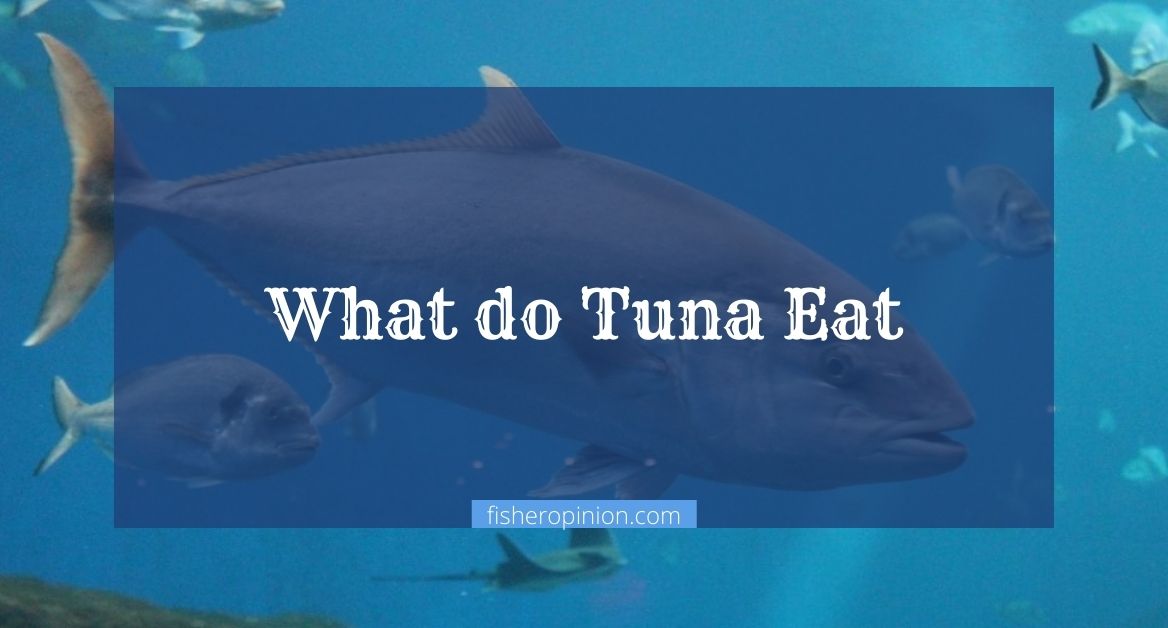Tunas are saltwater fish species found in oceans all over the world. There are 15 species of tuna with the most being the Skipjack tuna. Some tunas have a lifespan of up to 40 years. Tunas do migrate. Tunas can weigh up to 1500 pounds. Fishermen seek tunas for their flesh. Fishermen sell their meat at high prices because their demand is high. The Bluefin tuna’s meat is expensive because it has more fat and flavor. Now that we know some facts about tuna, in this article, we will learn what tunas eat in the ocean.
What do tuna eat in the ocean?
Like any other fish in the ocean, tunas do need to feed to survive. They are important in the ocean and they help in maintaining a balance. Tunas are fast swimmers. This makes it easy for them to catch their prey. Tunas are opportunistic eaters.
A tuna has a range of food. A tuna’s diet will depend on its location in the ocean. Different species prefer different food. Small tunas eat tiny zooplankton. Large tunas eat herrings, bluefish, mackerel, crabs, shrimps, krill, crayfish, squids, octopus, and lobsters among other fish.
Tunas swim in large schools. It makes hunting easier for them. They also follow schools of fish for an easy catch.
What small fish do tunas eat?
Small fish are part of a tuna’s diet. The small fish that tunas eat vary depending on the location of the tuna. Some of the small fish that tunas include in their diet include
- Herrings: these fish move in schools making them an easy target for a school of tuna. They are also small making it easy for tunas to swallow them whole. The tunas usually surround the herrings and give them no chance of escape.
- Mackerel: these small fish have vertical stripes on their backs and forked tails. Mackerels move in schools. Tuna cooperate to corner the school of mackerels and hunt them.
- Bluefish: this type of fish can be up to 18 cm long. They move in groups. Bluefish are fast swimmers too. Tunas usually prey on both baby bluefish and adult bluefish. The bluefish however is very strong and can attack their predators.
Do tuna eat jellyfish?
Jellyfish are invertebrates that live in the oceans. They are not fish. Jellyfish have tentacles that they use to sting their prey. Jellyfish have umbrella-shaped bells, which they use while moving in the water.
Jellyfish feed on small fish, fish eggs, and planktons. They use their tentacles to hunt. Jellyfish are also a delicacy for some sea creatures. Some of a jellyfish’s predators include sharks, swordfish, and tunas.
Tunas do feed on jellyfish. Jellyfish contain a lot of water. Jellyfish also have fatty acids that are beneficial to the tuna. The Bluefin tuna loves and has been seen hunting jellyfish.
Do tunas eat sardines?
Sardines are small fish found in the oceans. Sardines have a lifespan of up to 13 years and can grow up to 12 inches long. They are rich in Omega-3 fatty acids, minerals such as iron and zinc, calcium, proteins, and vitamins.
Sardines are used as bait to catch other fish. Sardines eat planktons, crab eggs, and fish eggs. Sardines travel and migrate in groups. It makes it easy for a school of tuna fish to surround them and hunt. Tunas love feeding on sardines for the nutritional value they add to them.
Do tuna eat Krill?
Krill are important in the ocean ecosystem. They belong to the crustacean family and look like shrimps. A Krill’s diet consists of zooplankton, copepods, algae, and phytoplankton. Krill have many predators.
Krill move in swarms. This makes it easy for tuna to feed on them. The tuna surround the krill and hunt them. Blue whales, seals, penguins, squids, and seabirds also eat krill.
Do tuna eat shrimp?
Shrimps belong to the crustacean family. Shrimps have 10 legs. Shrimps can live up to 2 years old. A shrimp can lay up to 500,000 eggs. Shrimps are important to the ocean ecosystem. They are a food source for many sea animals. Shrimps are also a delicacy to humans and many fish them.
Shrimps prey on sea worms, dead shrimps, snails, and some fish. Shrimps also do eat sea plants making them omnivorous. Tuna fish do eat shrimps. Shrimps help tuna fish in their digestion. Other sea animals that eat shrimps include whales, sharks, dolphins, and crabs among others.
Do tuna eat zooplankton?
Zooplanktons are small fish that float in the ocean. Zooplanktons are important because they help keep the ocean balance and help in the food chain. Examples of zooplanktons include jellyfish and fish larvae.
Some small predators of zooplanktons include sardines, herrings, and other fish. Big predators include sharks, squids, and octopuses.
When tunas are smaller, their diet consists of zooplankton. Larger or adult tuna can also eat zooplankton if need be.
Do tuna eat crabs?
A crab is part of the crustacean. Crabs can live in the ocean and on land. Crabs have an exoskeleton. Crabs have eight legs and are carnivorous. There are 93 different types of crabs. Crabs feed on shrimps, fish, seahorses, and mussels among others.
Crabs clean the coral reefs. It is important to the ocean’s ecosystem because the corals survive. Crabs have many predators despite having a hard shell. Some of the predators include larger crabs, humans, octopuses, turtles, and some fish.
Tuna fish do eat crabs. The Bluefin and Yellowfin tuna enjoy crabs as part of their diet. Juvenile crabs often risk being eaten by tuna fish. Crabs sometimes use their two claws to try and attack their predator in self-defense.
Last Word
Tunas do feed on a variety of animals in the ocean. Some of these include small fish like herrings and mackerels. Tunas feed on jellyfish, sardines, krill, and shrimps. Juvenile tunas feed on zooplankton before they can start feeding on bigger prey. Tunas do eat crabs and shrimps. These preys are an essential part of their diet as they contribute to the growth of tuna fish.

